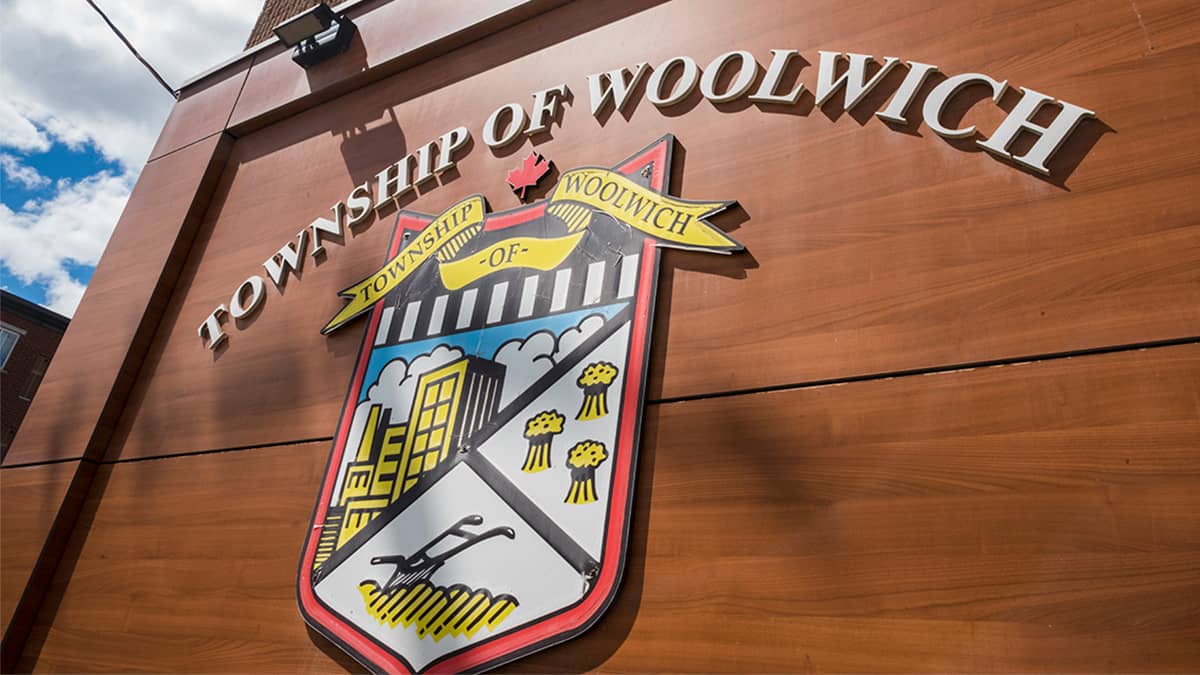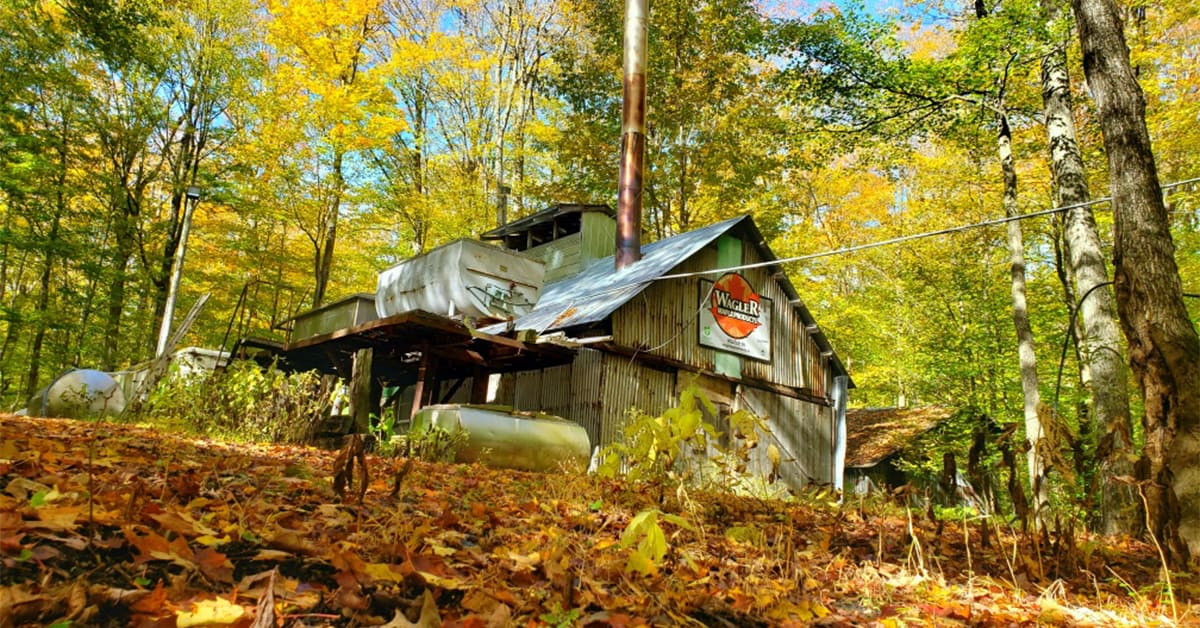Area residents trying to save the old Middlebrook bridge are looking to make the cause an issue in next month’s municipal election.
The Save Middlebrook Bridge community group sent out questionnaires to candidates in Woolwich, as well as in neighbouring Centre Wellington, as the structure spans the boundary of the two townships.
Currently, the old steel bridge is slated to be demolished.
“We invite you to…share with our group your thoughts on the importance of preserving heritage architecture/sites, safe active transportation routes and accessibility to nature in Woolwich Township,” the group said in an email sent to the candidates.
Built in the 1930s, the structure has been closed to traffic since 2012 after being deemed unsafe. However it was used by pedestrians and cyclists until it was barricaded in April last year.
Councils for both townships approved a plan for removal of the bridge in January 2020 after being presented with an environmental assessment that indicated several options at different price points, with removal being cheapest. According to the study, it would cost $3.5 million to rehabilitate it for vehicular traffic, $1.6 million for pedestrian and cycling use and $1.2 million to repair it for pedestrian use only. The removal is set for 2028.
Those looking to save the bridge argue rehabilitation is warranted given its heritage value and its use by hikers and cyclists.
“There’s no measuring tool that a council has that says ‘OK, these are the material costs to build a new bridge and rehabilitate it and here’s the impact that has on people’s mental health and wellbeing.’ Let’s put a value on mental health and wellbeing and then balance it against the cost to build a new bridge or rehabilitate it. There isn’t a value put on mental health and well being in these types of decisions,” said Stephanie Lines-Toohill.
While the bridge is a vital connector to Grand Valley Trail, “it is not just a crossing point, it is actually a destination,” Lines-Toohill said.
“It takes people away from the really busy vehicle roads in that area. And it is a really well known beautiful spot for brown trout fishing. People come from all over to fish for brown trout there. It’s also located in a really gentle bend of the Grand River so it has this natural sanctuary bay there. It’s incredibly peaceful. And people from all over the outer region and locally just come there to spend time in nature. It’s a very special spot,” she said.
The bridge group is bringing the issue forward now instead of waiting until the new council is elected because it is an indication of where the candidates stand on issues related to the bridge, including active transportation, access to nature, trailways and mental health and well being, she added.
“If we know their thoughts now about the bridge and what they would do, the value they place on something like that, then it tells us what kind of candidate they would be on council. It will inform better decision-making for voting day,” she added.
By midweek, the group had received responses from Ward 1 candidates Nathan Cadeau and Dan Holt, Ward 3 candidate Bonnie Bryant and mayoral candidate Patrick Merlihan.
Cadeau said he “cannot run a platform on overturning this decision,” however he “will look into it and bring voice to the matter.” He will also “seek to facilitate comprehensive community engagement prior to these decisions being made at the council level.”
Holt said he wants to bring about change and not just complain about issues. However, that doesn’t always mean tearing down what already exists.
“Preserving our heritage and ensuring the existence of green space are two of the ways we can maintain a feeling of belonging and identity with our surroundings,” Holt added.
Bryant pointed to her previous time on council when she helped form the Woolwich Heritage Committee.
“I support protecting the Middlebrook Bridge both from a heritage perspective as well as for recreational uses. This is a joint bridge and both municipalities need to work together to protect our heritage and active transportation systems,” she said.
Sitting on the current council, Merlihan did support the motion for removal.
“The largest factor for our council was the cost to rehabilitate, the low usage, and the limited direct impact on our community members. While I appreciate the heritage value of structures within our municipalities, there are little to no resources for maintenance and rehab of these structures,” he said in his response to the group.
Merlihan indicated he would reconsider looking into federal and provincial grant money for rehabilitation of the bridge for pedestrian use.









